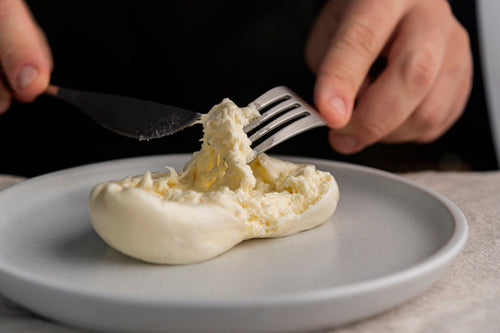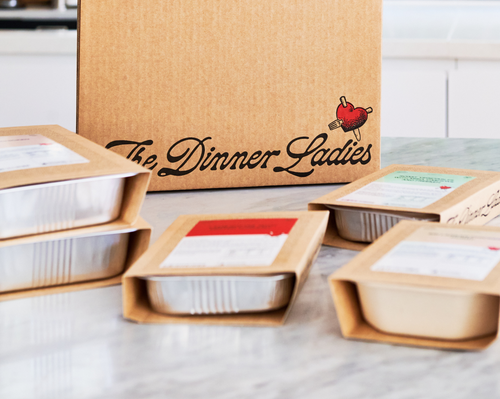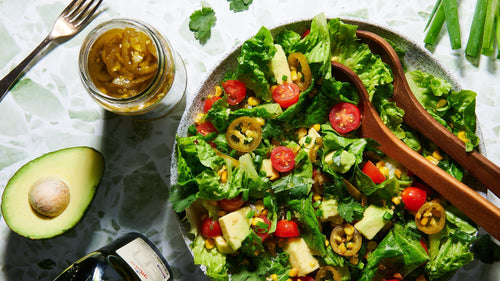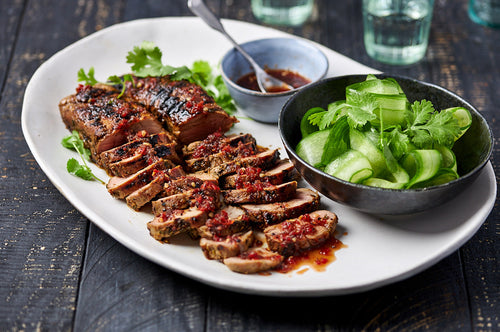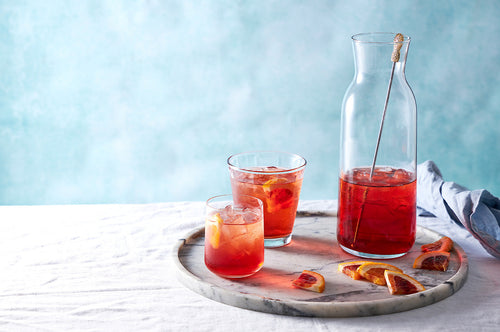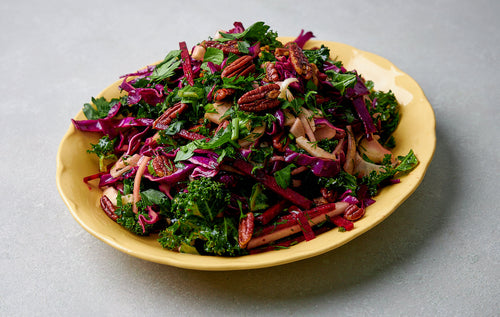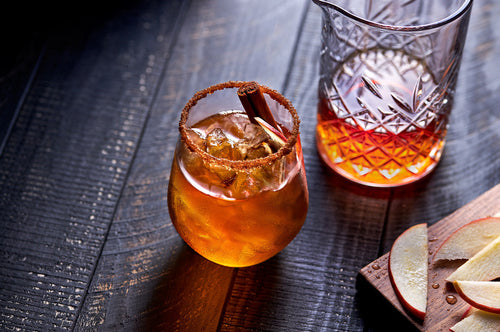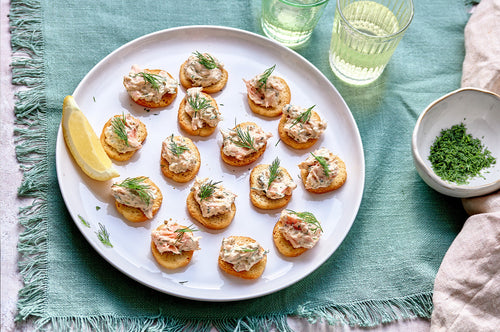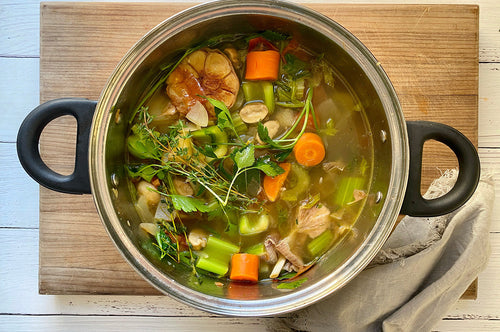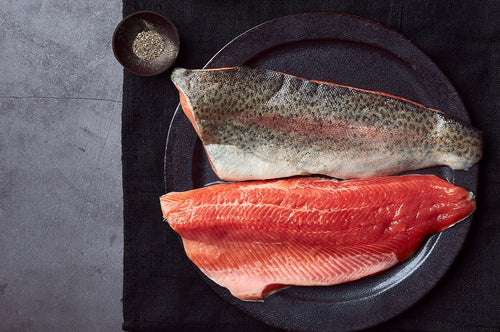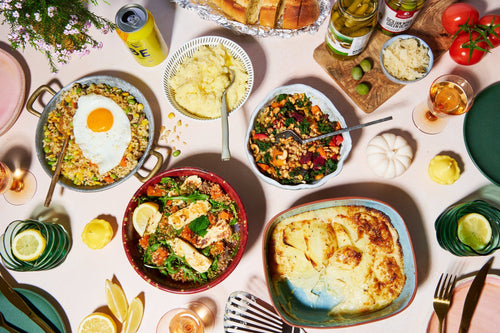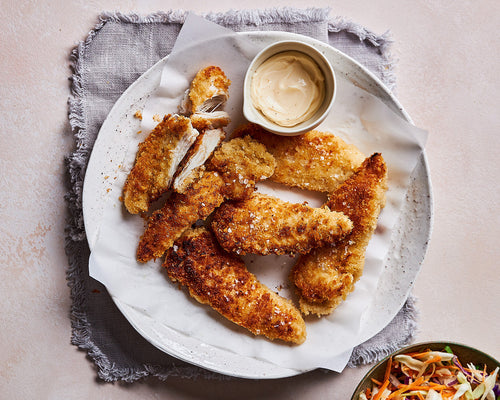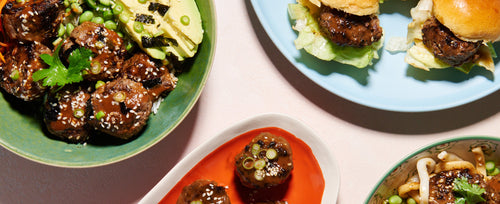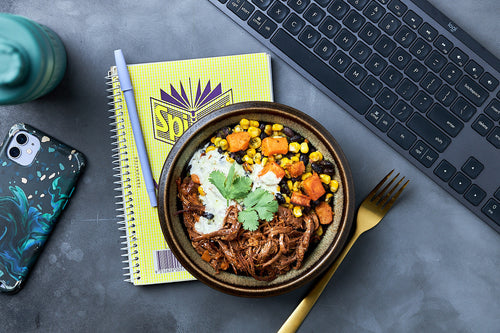Could you use spaghetti to make chow mein? (Serious question on the internet.)
Well, you could, but you’d be wrong. (Serious song lyric by Robbie Williams.)
Chow mein made from spaghetti sounds like a clash of cuisines and flavours, but it’s not such a strange idea...
Just about every culture in the world has learnt to mix together flour and water to make a paste, roll it into long thin strands and cook it into glorious tastiness. How you cook it, and what you mix it with, just depends on where you live in the world.
For the Italians, the ‘paste’ is pasta, made from durum wheat flour and beloved as a vehicle for a multitude of sauces. The Americans add to the noodly confusion because they often refer to Italian spaghetti, fettucine and tagliatelle as ‘noodles’, purely for their long thin shape.
In China and other Asian countries, noodles are unleavened dough, made from any grain (although it was originally millet), cut into shapes, sometimes dried, and then cooked. They’ve been a favourite food in China for thousands of years.
It might be helpful to think of noodles as the ancestors of pasta. (And that, of course, is the favoured history – now hotly contested – of those who claim Venetian explorer Marco Polo brought noodles back from China to Italy in the thirteenth century.)
To further add to the geographical confusion, the name ‘noodle’ comes from 18th century German word nudel.
Today Germany enjoys a pasta-style noodle, known as spatzle.
Noodles can be made – by hand or machine – from rice, semolina, refined flour or wheat flour, buckwheat flour, root vegetable and mung bean starches, tapioca flour and even seaweed. They can be round or flat, thin or thick, chewy or crunchy, slippery or soft, and are used in every sort of dish – from soups to stir-fries, casseroles to pancakes, bakes to salads. There are over 30 named varieties of noodle in the world.
Udon noodles are thick and chewy, made from wheat flour, and Japan’s favourite comfort food in a delicious hot broth. Soba are traditional Japanese thin buckwheat noodles, served hot or cold. Slurp the hot noodles loudly to show your appreciation.
If you’ve travelled to Thailand – and even if you haven’t – you’ve probably enjoyed a bowl of pad Thai. This is a beloved sweet, sour and salty mix of rice noodles, tofu, bean sprouts, egg and peanuts. But it’s so much more than a favourite recipe. After Thailand’s 1932 revolution, a public contest was held to find a new national noodle dish – pad Thai was voted the winner.
Flat, chewy, rice noodles star in Vietnamese pho (pronounced ‘fuh’, not ‘foh’). No two bowls ever taste the same and it’s been called perfection in soup form. The name is thought to have come from the French dish ‘pot-au-feu’, although many claim the soup was traditional long before Vietnam’s French colonial period.
Cellophane noodles, also called glass noodles, are made from starch, such as potato or mung bean starch. They soak up sauces fast and are beloved in Chinese dishes such as Ants climbing a tree.
For the Chinese, noodles are a symbol of long life.
Ramen noodle soup first appeared in Japan in 1910. Chinese cooks combined noodles with a salty broth – the curly noodles were bright yellow and more elastic than the Japanese noodles of the time. Miso ramen was invented in 1955 when a customer simply asked the chef to add noodles to his pork and miso soup.
In 1958 the first ever instant noodles were invented in Japan, making their appearance in a chicken-flavoured broth called Chickin Ramen. There is now a museum devoted to instant cup noodles in Osaka – the only one in the world, we imagine! And, in 2005, special gravity-defying noodle balls we sent into space as food for astronauts. The ball shapes were seen as being easier to eat for the floating astronauts than the usually dangling strings, which pretty much brings us around full circle in noodle history...
If you liked this article, you may also like:

